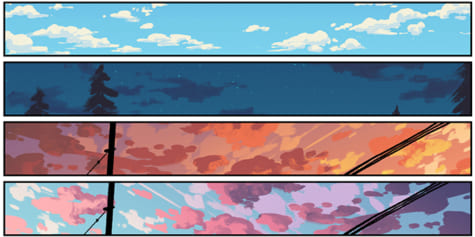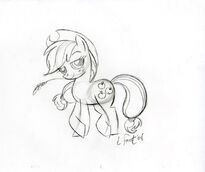18 November 2021
Hooves can be prone to developing abscesses and the first sign is often sudden, severe lameness. Poultices are bandages for horses’ hooves that creates a microenviroment to help draw out and heal abscesses that develop in the soft tissue structures inside the foot.
In this blog we take a look at how to make poultices and how to use them, plus we share some tips on what to look out for to spot if your horse might have an abscess. Please note – there are any number of reasons a horse could be lame, so an owner should always consult their vet to secure a prompt and accurate diagnosis.
What to have in stock
A poultice is made up of three layers:
A hot or cold poultice?
A warm, moist compress helps draw out infection, and a hot poultice is essentially an attached compress.
Hot poultices will be most effective at encouraging an abscess to drain, but if there is no access to warm water, a cold poultice will still be beneficial as the moisture will soften tissue, making it easier for an abscess to rupture.
If an abscess is suspected, a hot poultice can be applied while waiting for the vet. This will help soften the sole, encouraging an abscess to burst and making it easier for the vet to investigate. Padding can also make the horse more comfortable and encourage weight bearing. However, if it’s not clear the problem is in the foot, or the horse is reluctant to have their leg picked up, keep the horse quiet and wait for the vet.
Don’t use a poultice if you think there may be a foreign body involved as this could cause the object to become further embedded. Leave the object in place, consider using padding around but not on the affected area, and avoid moving the horse until a vet has assessed the situation.
Poultice top tips:
When to stop poulticing
When all the pus has drained, a dry poultice can be applied and left on for a couple of days. This continues to protect the hole left by the abscess while it heals, and encourages tissues to harden up again. The foot and limb should be checked thoroughly before deciding to stop poulticing, then monitored closely for the following week.
Look out for:
Lameness that doesn’t improve dramatically after an abscess has burst or returns shortly afterwards
Swelling above the hoof or further up the leg
Change in discharge colour – brown, dark grey or black discharge is normal; yellow, greenish or blood stained pus is not
Dullness, lack of appetite or other behavioural changes in the horse
A vet should be made aware of any of these developments as soon as possible.
Redwings Press Office
Find out more about Redwings Press Office






